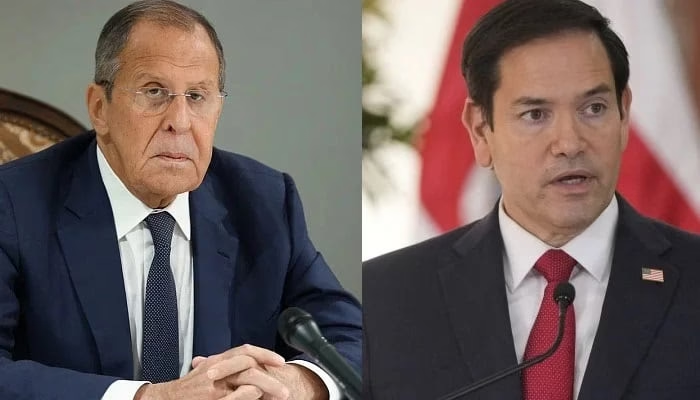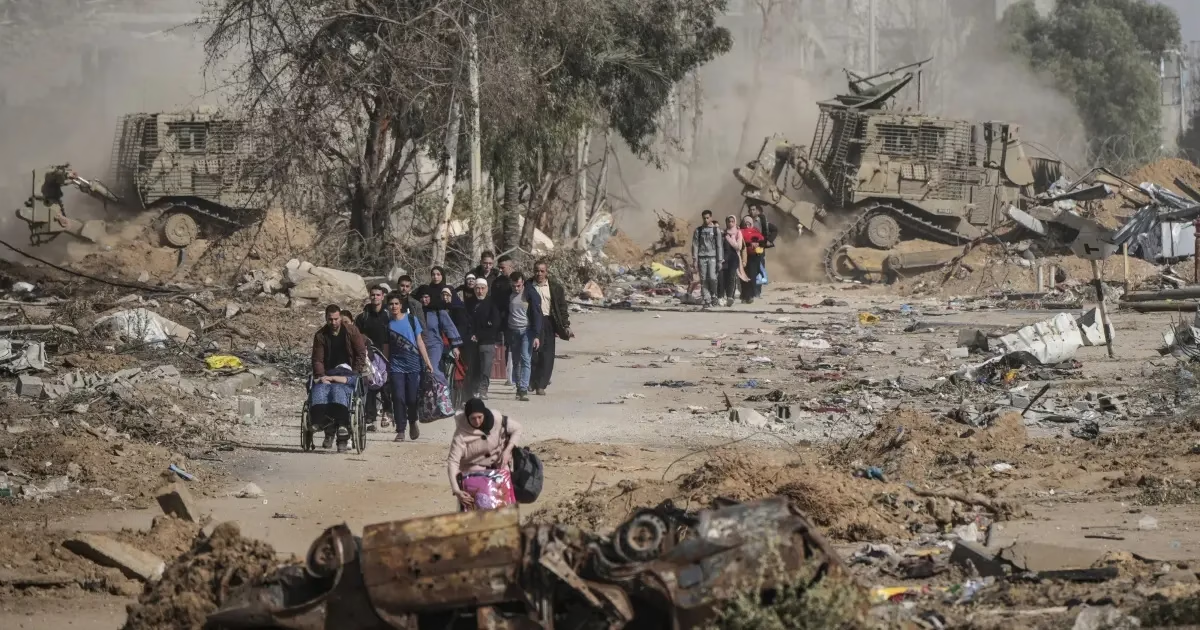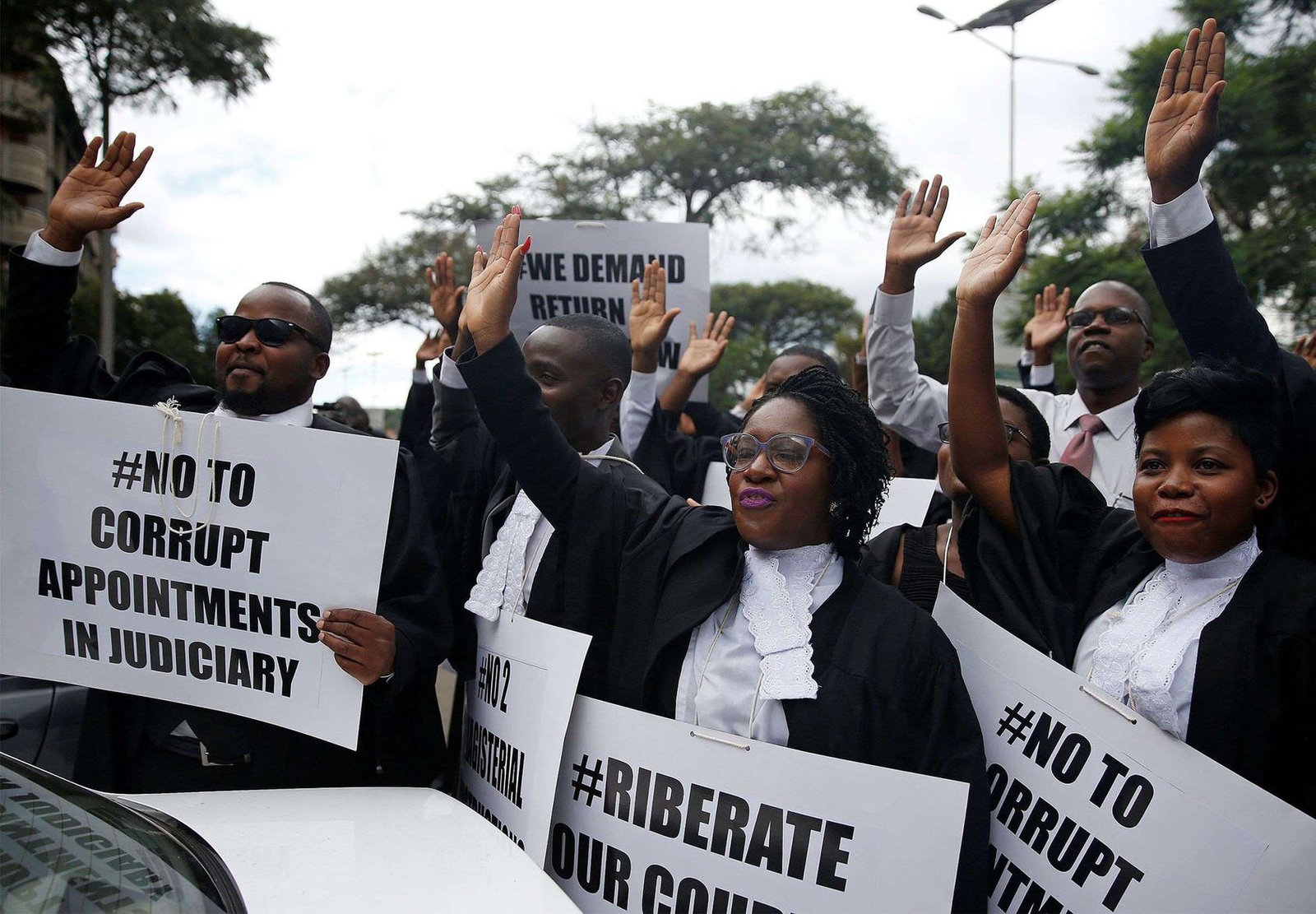The upcoming US-Russia Alaska Summit between former President Donald Trump and Russian President Vladimir Putin has sparked intense debate across global political circles. Set to take place this Friday in Alaska, the meeting marks the first high-level US-Russia summit since 2021, coming at a time when the war in Ukraine shows no signs of resolution.
The Origins of the Summit
State Department spokeswoman Tammy Bruce confirmed on Tuesday that Putin himself requested the Alaska meeting, and both sides have expressed their commitment to making the summit a success. Secretary of State Marco Rubio spoke with Russian Foreign Minister Sergei Lavrov earlier in the day to finalize preparations.
The decision for the US-Russia Alaska Summit has been framed by Trump’s administration as a “listening exercise” rather than a formal negotiation, with the goal of understanding Putin’s position more directly.
Why Alaska, and Why Now?
Alaska, geographically positioned between the United States and Russia, carries symbolic weight for a meeting of this nature. According to Rubio, Trump views direct, face-to-face interaction as essential to assessing Putin’s intentions. “For President Trump, a meeting is not a concession,” Rubio explained, adding that the former president needs to “look at this guy across the table” to make his own assessment.
The timing is also significant. Ukraine’s President Volodymyr Zelensky has described the summit as a “personal victory” for Putin, warning that any discussions without Kyiv’s presence risk undermining Ukraine’s sovereignty.
Concerns from Ukraine and Europe
Zelensky and European Union leaders have voiced strong concerns about the US-Russia Alaska Summit taking place without Ukraine at the table. They fear that Trump’s openness to some swapping of territories could pressure Ukraine into ceding far more land than Russia would give up—particularly since all disputed territories lie within Ukraine’s internationally recognized borders.
In a Tuesday statement, Zelensky warned, An imitated rather than genuine peace will not hold for long and will only encourage Russia to seize even more territory. He reiterated that Russia must first agree to a ceasefire before any territorial negotiations can begin.
EU leaders are expected to hold a virtual meeting with Trump on Wednesday to reinforce the stance that any lasting peace must comply with international law, respect Ukraine’s sovereignty, and preserve its territorial integrity.
The White House’s Position
White House press secretary Karoline Leavitt acknowledged that only one party to the war—Russia—will be present at the US-Russia Alaska Summit, but said the meeting is intended to help Trump “get a more firm and better understanding” of how to end the war. “You need both countries to agree to a deal,” she noted, emphasizing that this summit is only a step in that direction.
Leavitt also underlined that the meeting’s format was determined by Putin’s initial proposal, with Trump accepting to explore possibilities for peace.
The Risk of Negotiations Without Ukraine
Critics argue that holding bilateral talks between Washington and Moscow without Kyiv could set a dangerous precedent. Since the start of Russia’s full-scale invasion in February 2022, Ukraine has relied heavily on US military aid—totaling over $75 billion according to recent Congressional Budget Office figures—to sustain its defense.
Removing Ukraine from direct discussions could weaken its leverage and potentially embolden Russia to push for terms that Kyiv has repeatedly rejected, such as withdrawing Ukrainian forces from the eastern Donbas region.
Global Stakes and Strategic Calculations
The US-Russia Alaska Summit carries implications far beyond the immediate conflict. A ceasefire or peace arrangement could shift the balance of power in Eastern Europe and reshape NATO’s strategic priorities. However, without Ukraine’s consent, any agreement risks being temporary at best.
Geopolitical analysts note that Putin may use the summit to test the waters for future talks, gauge Washington’s red lines, and assess Trump’s willingness to push Kyiv toward concessions. At the same time, Trump could leverage the meeting to position himself as a global dealmaker ahead of the 2026 political landscape in the United States.
What to Expect from the Alaska Summit
Given the stated “listening exercise” approach, significant breakthroughs are unlikely during this initial meeting. However, the summit could set the stage for future trilateral talks involving Ukraine, the US, and Russia—assuming both Moscow and Kyiv are willing to participate.
Observers will be watching closely for any joint statements or symbolic gestures that could indicate a thaw in US-Russia relations. Even without concrete outcomes, the US-Russia Alaska Summit will send signals to allies and adversaries alike about Washington’s diplomatic strategy in the ongoing conflict.
The US-Russia Alaska Summit is poised to be one of the most closely watched diplomatic events of the year. While its immediate goal is to better understand Putin’s position rather than negotiate a final deal, the political and symbolic implications are significant.
For Ukraine, the stakes are existential—its sovereignty and territorial integrity hang in the balance. For the United States and Russia, the summit is an opportunity to test whether dialogue can pave the way for de-escalation, or whether the war will enter yet another prolonged and deadly phase.



